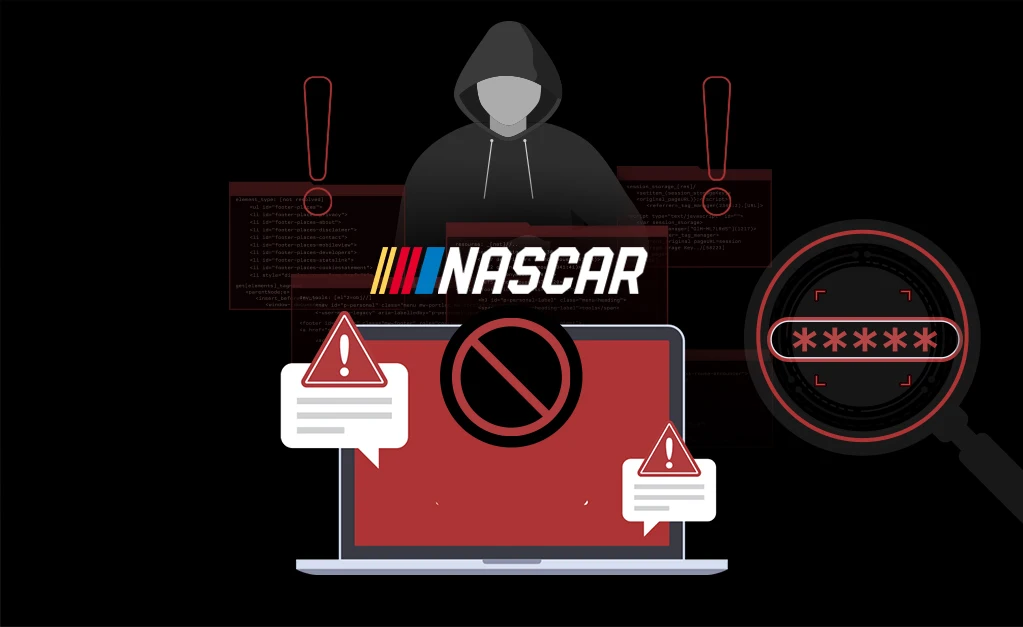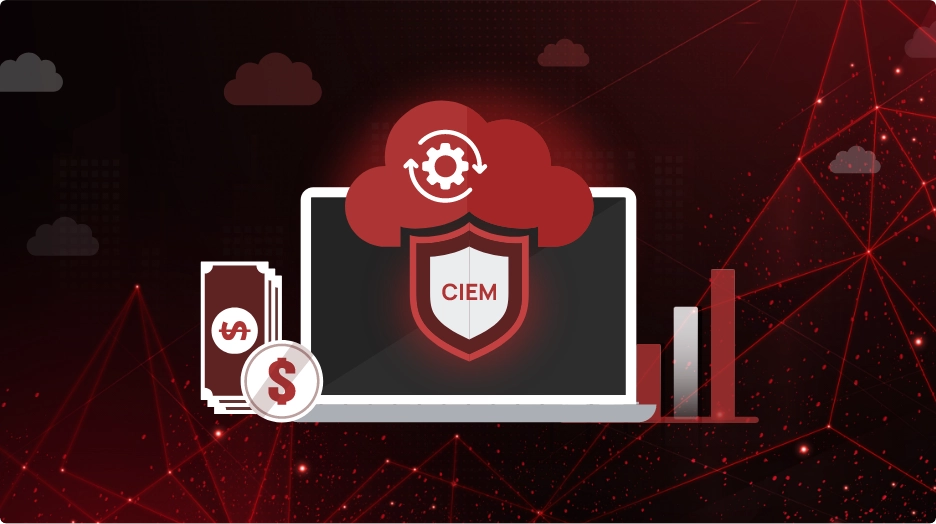The NASCAR Ransomware Breach Shows Why Cloud and SaaS Security Can’t Be an Afterthought

When news broke that the Medusa ransomware gang had claimed a breach of NASCAR, it might have seemed like yet another headline in a long string of ransomware attacks. But the real story lies beneath the surface: what was once a problem isolated to infected laptops and servers is now a full-blown cloud and SaaS security crisis.
Medusa demanded a $4 million ransom and posted screenshots showing internal raceway maps, employee details, and credential-related documents. While NASCAR has yet to officially confirm the breach, the incident demonstrates how ransomware operators no longer need to deploy malicious binaries to hold organizations hostage. In the cloud era, data access is the new encryption.
Ransomware Has Moved Beyond Endpoints
Ransomware tactics have evolved from brute-force encryption to calculated abuse of exposed infrastructure, weak identity management, and misconfigured SaaS and cloud environments. The Medusa group, active since 2021, is part of a growing trend: attackers gaining access not by exploiting traditional software vulnerabilities, but by walking through open doors left by poor security posture.
In the case of NASCAR, screenshots of facility maps, contact spreadsheets, and internal notes suggest that the gang had access to operational data, not just endpoints. If the attackers accessed this data via exposed cloud storage, misconfigured SaaS tools, or unused credentials with excessive permissions, this would fit a growing pattern seen in recent ransomware breaches.
Why Cloud and SaaS Are Prime Targets
Many organizations now store sensitive data and run mission-critical operations in public cloud environments and across SaaS platforms. While these services offer scale and agility, they also introduce a complex web of permissions, configurations, and integrations—each a potential risk if left unmonitored.
Common posture weaknesses include:
- Publicly accessible cloud storage buckets containing confidential files
- Dormant admin accounts on SaaS platforms without MFA
- Third-party apps connected to Google Workspace or Microsoft 365 with excessively broad scopes
- Unused digital certificates and keys stored insecurely
Unlike endpoint ransomware, which encrypts files to demand payment, modern attacks often exfiltrate data from cloud or SaaS platforms—without triggering traditional detection systems. The breach becomes public only after the data appears on a leak site, and by then, incident response is reactive at best.
How Misplaced Trust Exposes Critical Systems
One of the most concerning aspects of the Medusa breach is the timing. Just weeks before the NASCAR incident, the FBI and CISA issued an advisory warning about ransomware groups using stolen digital certificates to disable anti-malware tools. This suggests that ransomware operations are actively exploiting the foundations of digital trust.
In cloud and SaaS ecosystems, certificates and keys govern secure communications, authentication, and access to APIs. If these assets are poorly managed—expired, stored in plaintext, or left unused—they become attractive entry points. Combine this with excessive permissions or overexposed APIs, and ransomware operators can escalate access without dropping a single piece of malware.
Cloud and SaaS Blind Spots Are Slowing Down Incident Response
When cloud or SaaS environments are compromised, the real challenge isn’t the absence of tools—it’s the fragmentation of visibility. Traditional security controls, built for endpoints and networks, aren’t designed to surface risks buried in cloud permissions or SaaS configurations. As a result, critical gaps—like unauthorized data exposure or policy drift—often go undetected until it’s too late.
This fragmented visibility creates a dangerous lag:
- Security teams can’t confirm what was accessed or exfiltrated
- Risk assessments rely on assumptions rather than evidence
- Communication with stakeholders becomes vague and delayed
In ransomware cases, that time lag translates into higher pressure to pay the ransom—just to understand what’s at risk.
Ransomware Readiness Starts with Posture Management
The NASCAR incident underscores a broader truth: cloud and SaaS posture management is no longer optional. Knowing your assets, understanding who (or what) has access, and reducing misconfigurations isn’t just about compliance—it’s about resilience.
A modern ransomware defense strategy must include:
- Continuous monitoring of cloud and SaaS platforms for misconfigurations
- Prioritization of risks based on exploitability, not just severity
- Detection of suspicious permission changes or inactive accounts
- Visibility into third-party application connections
These aren’t “nice to have” features. They are core requirements to prevent the next data-leak-driven ransomware attack.
How CheckRed Helps You Stay Ahead of the Next Breach
At CheckRed, we empower security teams to stay ahead of ransomware threats by turning visibility into decisive action. Our unified platform continuously monitors your cloud and SaaS environments for posture risks—misconfigurations, excessive permissions, exposed identities, and more—and intelligently prioritizes them based on real-world exploitability.
With CheckRed, you can:
- Pinpoint ransomware entry points hiding in misconfigured cloud and SaaS services
- Eliminate visibility gaps across Microsoft 365, Google Workspace, AWS, Okta, and other critical platforms
- Enforce compliance and identity hygiene across multi-cloud ecosystems
CheckRed doesn’t just show you where you’re vulnerable—it helps you fix it fast. Stay one step ahead of the next breach by neutralizing the risks attackers rely on most.


